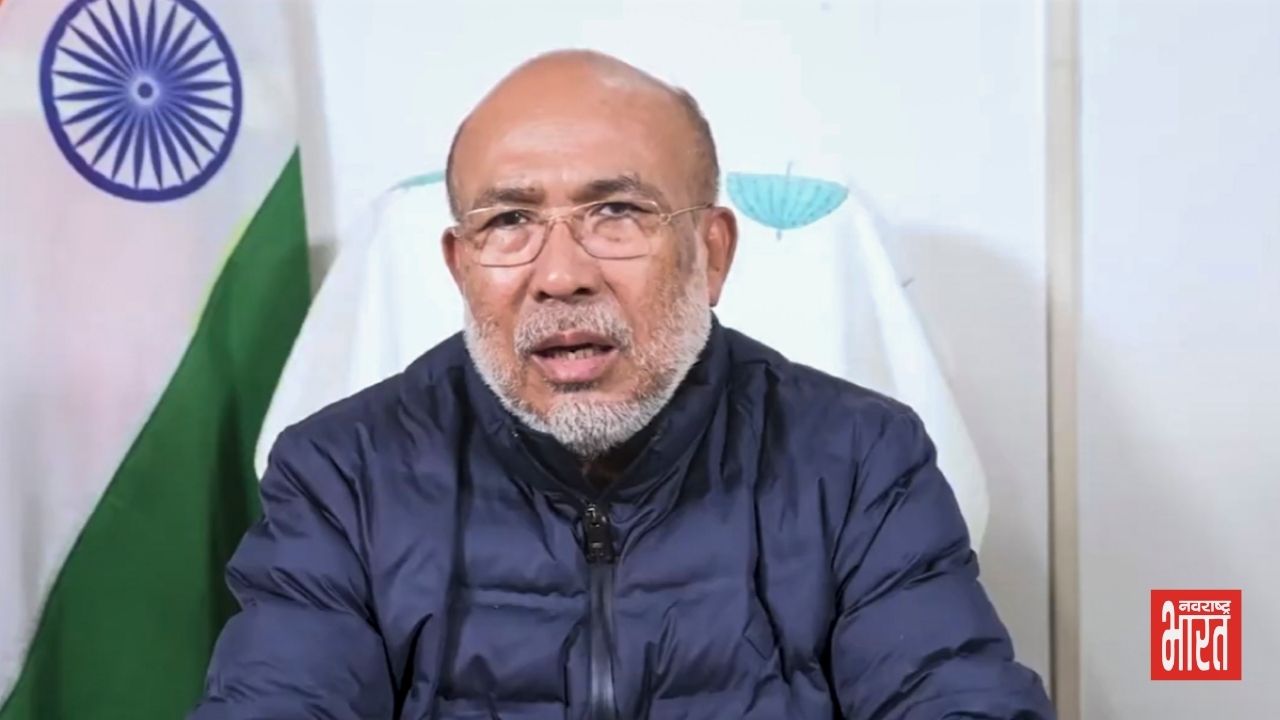
In a pivotal decision regarding the minority status of Aligarh Muslim University (AMU), a seven-judge bench of the Supreme Court, by a 4:3 majority, overruled the 1967 ruling in S. Azeez Basha vs. Union of India, which had held that institutions incorporated by statute could not be considered minority institutions. This judgment shifts the determination of AMU’s minority status, under Article 30 of the Constitution, to a regular bench, based on new guidelines established by the majority opinion.
In the landmark Azeez Basha case, the Court concluded that AMU, having been established by legislation, could not be a minority institution. However, the current majority led by Chief Justice DY Chandrachud has overturned this interpretation, asserting that statutory incorporation alone does not negate an institution’s minority character. According to the Court, to determine an institution’s minority status, the inquiry must consider the community that originally ideated and funded the institution. If the founders were part of a minority community, the institution may claim Article 30 protection. With this revised standard, the Constitution Bench has now passed the matter to a regular bench for further evaluation based on these criteria.
Justice Surya Kant partially dissented, suggesting that while the interpretation in Azeez Basha needed refinement, it was not entirely incorrect. Meanwhile, Justices Dipankar Datta and SC Sharma fully dissented, opposing the majority view that AMU could potentially qualify as a minority institution.
The bench—comprising Chief Justice DY Chandrachud, Justices Sanjiv Khanna, Surya Kant, JB Pardiwala, Dipankar Datta, Manoj Misra, and SC Sharma—was evaluating a reference prompted by the 2006 Allahabad High Court ruling which denied AMU’s minority status. The core question involved determining what constitutes a minority educational institution under Article 30: is it defined by establishment by a minority community, administration by it, or both?
The majority opinion, delivered by CJI Chandrachud on his last day in office, emphasized that Article 30 would lose its significance if its protections only applied to institutions established post-Constitution. The Court further clarified that “incorporation” and “establishment” are distinct concepts; an institution established by a minority should not lose its minority character due to statutory incorporation. Rather, the Court must consider who ideated and supported the university’s founding. It is sufficient for an institution to be established primarily for the benefit of a minority community, not exclusively.
Justice Surya Kant agreed that the Azeez Basha interpretation needed modification, arguing that the statute’s language in the 1920 AMU Act did not necessarily negate AMU’s minority origins. However, he refrained from overruling Azeez Basha entirely, suggesting only clarification. Justice Datta, in contrast, declared unequivocally that AMU is not a minority institution, while Justice SC Sharma contended that a minority institution’s administration must be exclusively controlled by the minority community without external influence to maintain its minority status.
This decision has redefined the approach to evaluating minority educational institutions under Article 30, leaving AMU’s minority status open for further examination by a regular bench. The ruling has substantial implications for AMU and other institutions seeking minority status based on historic and cultural ties rather than solely on statutory creation.








































































































































































































































































































